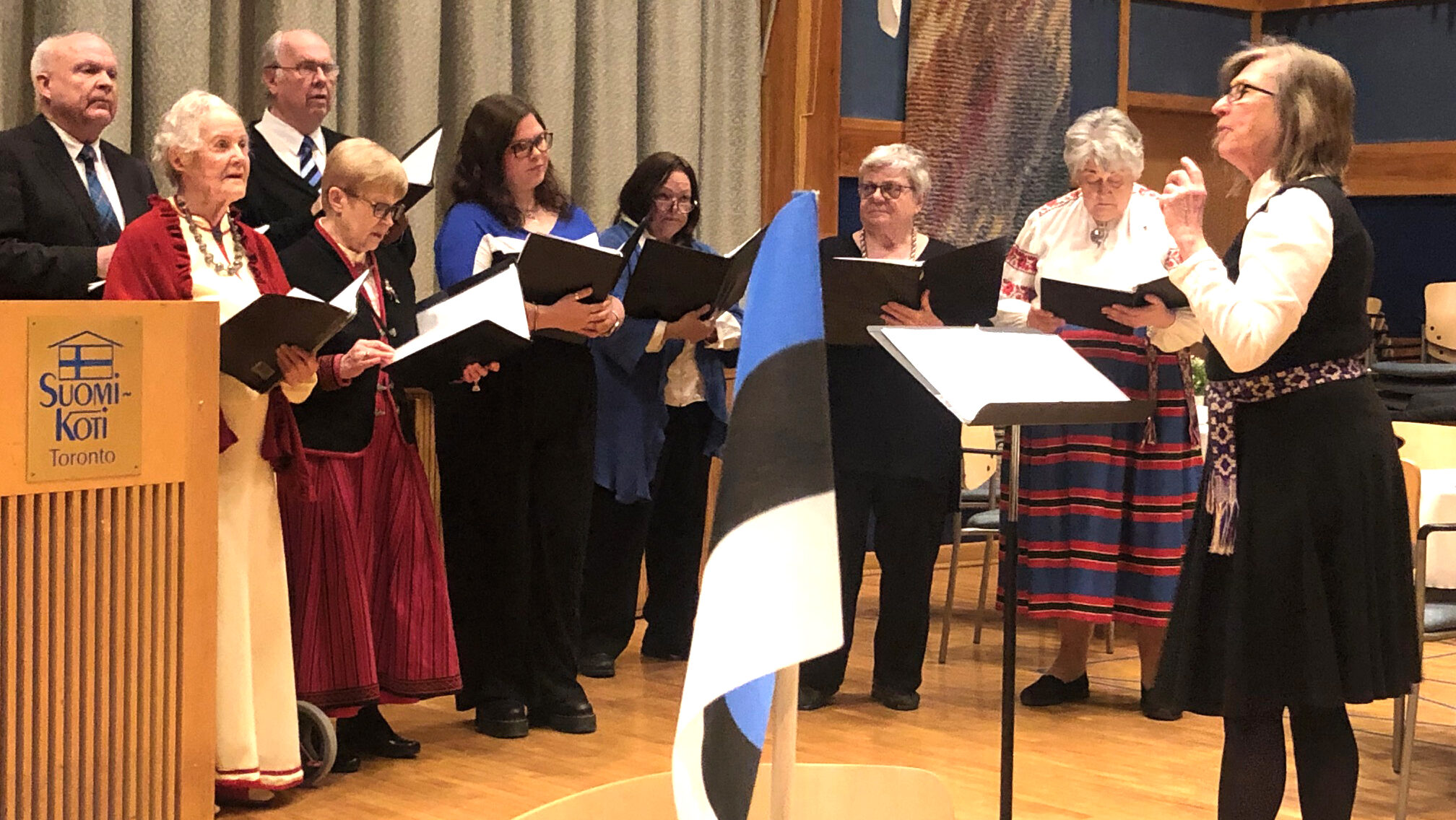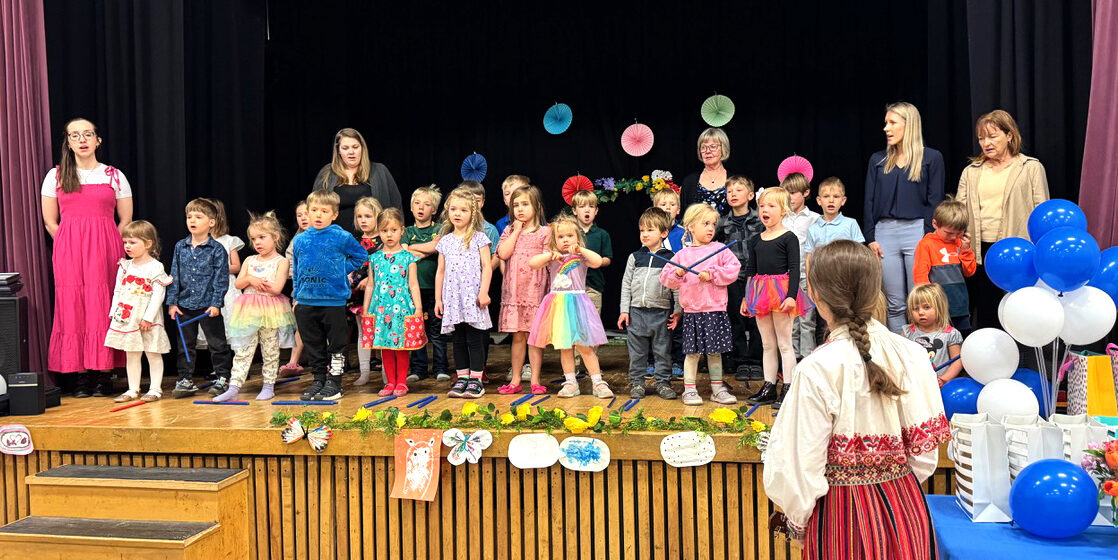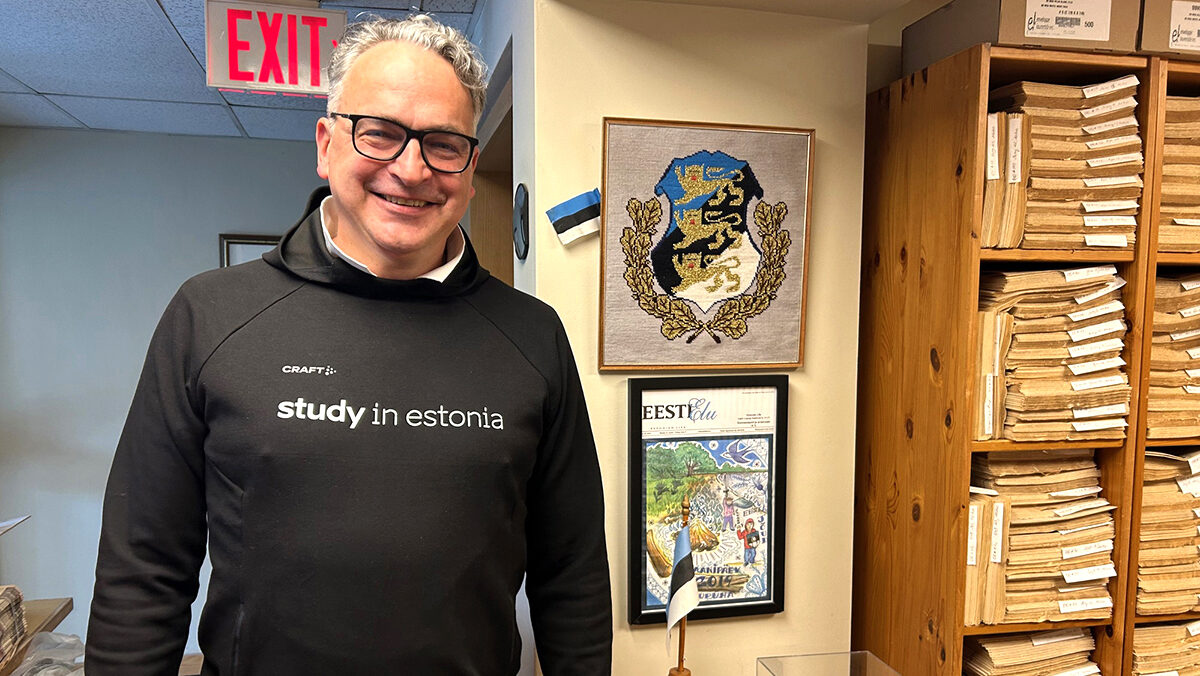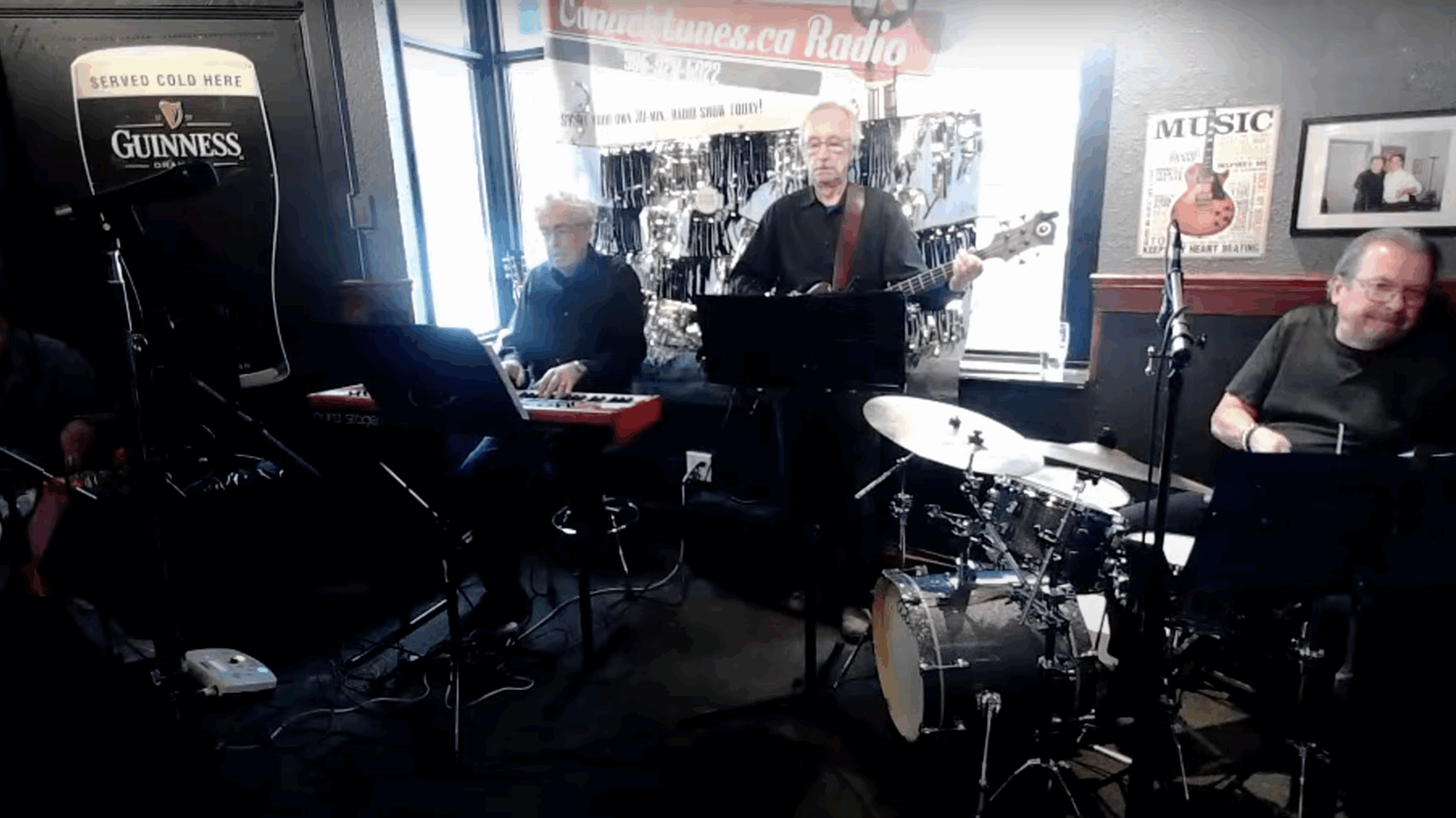Suomi-Koti tegevuskoordinaatori Sari Emase eestvedamisel oli peole kutsutud Vana-Andrese koguduse õpetaja Kalle Kadakas, kes mõtiskles vabaduse, kestvuse ja tuleviku teemadel. Kuue jõulise isamaalise lauluga esines Vana-Andrese koguse koor Liina Purje-Lepiku juhatamisel, klaverisaatjaks Juha Tikkanen. Talvi Maimets luges meeliülendavalt Lydia Koidula luuletust ,,Mu isamaa on minu arm“ nii eesti kui inglise keeles. Professor Mihkel Tombak Toronto Ülikoolist (Rotman School of Management) pidas ülevaatliku kõne eesti ja soome juurte põimumisest ja kahe rahva ajaloolistest sündmustest. Geni andmetel on üllatav see, et paljudes eestlastes on 30-50% soome verd. Olemegi ju sugulasrahvad!


Peo ametliku osa lõpetuseks lauldi ühiselt ,,Kungla rahvas“ ja ,,Mu isamaa armas“. Suomi-Koti perenaised pakkusid kohvi kõrvale kringlit ja sünnipäevatorti. Pidulised tulid tänama Vana-Andrese koguduse õpetajat, lauljaid ja esinejaid armsa koosviibimise eest.
Oli täpselt selline sügav tunne, nagu peol kõlanud Peep Sarapiku koorilaulus Juhan Liivi sõnadele: ,,Hing, oh hing, sa raskel a’al – kuis õhkad isamaa poole /kas kodu sa, kas võõral maal – kuis ihkad isamaa poole!“ Vanavanaemale Tamarale külla tulnud väike 10-kuune Kalevi õhkas ka oma vanaema Leena süles ja lehvitas agaralt Eesti lippu kõigile.
•••
Transcript of Mihkel Tombak’s speech at Suomi Koti for Eesti Vabariigi aastapäev – Viron Itsenäisyyspäivä
It is a great pleasure (and it is very appropriate) to speak at Suomi Koti for the Eesti Vabariigi aastapäev – Viron Itsenäisyyspäivä. Why is it appropriate to celebrate this at Suomi Koti? Our connections between Estonians and Finns run deep. Personally, I spent five years living in Finland as a Professori at Helsingin Kauppakorkeakoulu – now part of Aalto Yliopisto. But our connection runs deeper than some of these personal connections.
A few Estonian friends of mine have recently had genetic testing done – through companies such as 23 and Me. A couple of them have been surprised to find that the results show 30 – 40% of their DNA is Finnish. There is an historical event that may explain this. Back in the Northern War between Sweden and Czarist Russia in the 1700s, the Russian army did what they have often done – they went through Estonia murdering and looting and pillaging (as they presently do in the Ukraine). At one point a Russian general had bragged to the Tsar that “not a cock crows between Tallinn and Narva”. Estonia was then depopulated – it had a population of about 75,000. The German baron “landowners” then had a problem – there were too few people to do the work, to cultivate the land. So they went to Finland and encouraged Finns to immigrate to Estonia with promises of them being free farmers. That promise was not kept – those Finnish immigrants lost any rights promised them and within a couple of generations they became serfs like the Estonians at the time. But it would only have taken a few tens of thousands of such Finnish immigrants to make the DNA of the population 30% Finnish. So our connections run deep – it is in our blood.
There are also the obvious linguistic and cultural connections, but for Vabariigi aastapäev I would like to speak of another important connection – military connections.
It was in the darkest period of the Bolshevik Russian invasion of the newly formed Republic of Estonia that Finnish volunteers (as the Pastor Kalle Kadakas just mentioned) came to the aid of Estonians. About 300 Finnish volunteers (white Finns who had just been fighting Bolsheviks in Finland) came marching through Tallinn and straight to the front. The front had reached its closest point to Tallinn, and the arrival of the Finns was a critical change in the momentum of the war. It has an important lesson for the present war of the Ukrainians against the aggressor imperialist Russian war – if you stand up to a bully – the bully often backs down. That is what happened in the War of Independence of Estonia. Estonians and Finns stood up to the Bolshevik Russians and the Bolsheviks ran back to Russia. Estonians have never forgotten the aid Finns gave to their new republic.
They remembered it when 20 years later the Russians aggressively and brutally invaded Finland. Estonians formed a volunteer regiment within the Finnish army. They called them “soomepoisid” or “Suomen poikia”. One of them – Paavo Loosberg – some of you may remember, was a resident here at Suomi Koti.
I see you have a portrait of Gustav Mannerheim here on the wall here in the hall at Suomi Koti. Mannerheim’s statue on Mannerheiminkatu in Helsinki has him on a horse facing east. Mannerheim, as any good soldier and general knows, one has to face your enemy and he faces east. It is the same enemy that faces Estonia.
We are now in the same alliance – NATO, together with: Sweden, Latvia, Lithuania, Poland and many others. Some historians claim that had we been more coordinated before World War II, that Soviet Russia would not have had the “success” it did – that the results could have different. Finland on its own during the Winter War caused, by “official” figures, 200,000 Russians killed. I tend not to believe “official” figures that come out of Russia. In his book “Khrushev Remembers”, he cites that the actual figure was many times higher. Today, together in NATO, we can handle the aggression from our common enemy from the east.
Elagu Eesti vabariik! Ja elagu Soome vabariik!




